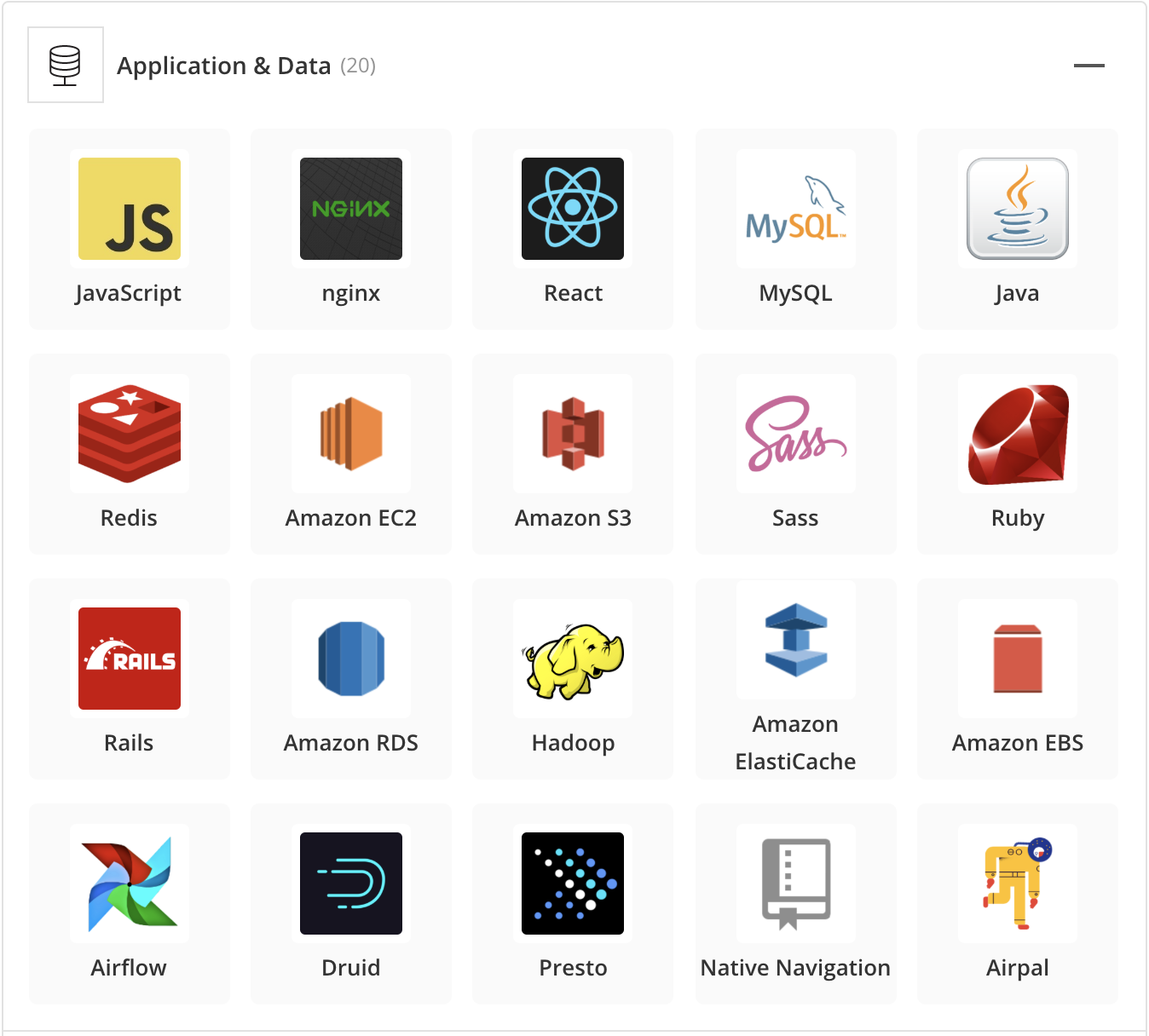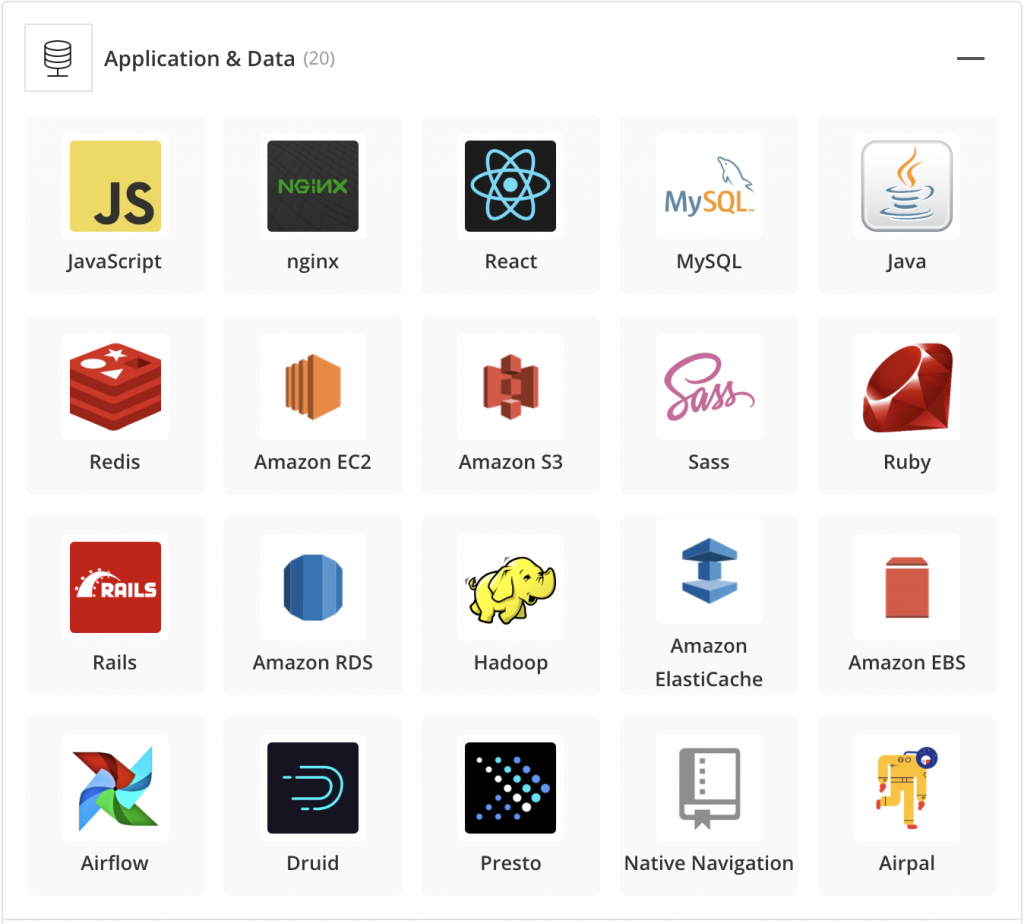If you’re building a mobile or web app, you have a lot of tools at your disposal — and your tech stack is key to success. But how do you choose the right tools? Understanding how to build your tech stack well can make a big difference in the success of your app.
What is a Tech Stack?
A tech stack is a combination of all the technology, including programming languages and software, used to build a mobile or web app. No two tech stacks are alike. Instead, developers choose the tools they think will be most effective for reaching their end goal, typically starting with the client side, or the front end, and then choosing the server-side, or back end, tools needed to support what the users will actually experience.
Picking the right combination of tools and “stacking” them so each tool builds on the services beneath it is crucial in development. As an example, take a look at the Airbnb tech stack that fuels this user-friendly, reliable app:
- Ruby and Javascript (Programming languages)
- Ruby on Rails (Framework)
- React (JavaScript framework)
- Nginx (Web server)
- Redis (Key-value storage)
- Amazon S3 and EBS (Cloud storage)
- Amazon EC2 (Cloud hosting)
- Amazon RDS (Cloud database)
- Presto, Druid, and Airpal (Big Data tools)

Airbnb’s tech stack provides the app with the speed, UI, scalability, security, and reliability it needs to conduct business and connect with users profitably.
Why Is Your Tech Stack Important?
Choosing the right tech stack can make a crucial difference to your app. If you choose a server system designed for high-read operations when you expect high-write traffic, you could experience problems down the line. If you want to scale your product but you haven’t chosen a tech stack designed to allow that, growth could be more difficult than it should be.
It’s vital to make the big decisions about your tech stack before you dive into the production work on your app. Changing your mind about your stack after you’ve begun production is costly and time-consuming. Take a look at these tips for building a successful tech stack.
How to Build a Tech Stack for Success
Since every tech stack is necessarily different, there’s no one formula to follow for success. Considering these concepts and tips will help you make the smart decisions needed at this early stage of development.
Put Your Users First
Who’s going to use your product? When you think about your users first, you can choose the customer-facing tools that make the most sense and provide the best possible user experience.
Think About Your Analytics
Once your product is launched, you’re going to need data about user experience. Choose an analytics platform that will track users at a granular level and tie together all the data you need. That lets your development team identify issues once you launch and fix any errors. Look to your cloud provider for the infrastructure needed to support your analytics to lift this task off your team’s shoulders.

Don’t Overlook Older Technology
If tech already exists that does what you need, consider sticking with it rather than automatically running toward what’s new and shiny. Your team is likely to be familiar with existing tech (they’ll understand error messages without having to pause their work, for instance), and they can draw from a rich knowledge base in adapting it to your needs. Moving to newer tech just because it’s new can mean loss of time and productivity as your developers stop to figure out solutions. Do your research when you consider adopting cutting-edge tech to make sure it will be worth the ramp-up time needed.
Look to the Future
You want to be able to scale your app once it’s successful. Yet if your app doesn’t gain the market share you’re hoping for, you could overspend on expensive tools and services designed for scalability. Which side of this tightrope should you choose? Consider using open source tools to test your app before you make big investments, and lean toward tech that’s proven itself to streamline scaling down the line.
One way to streamline your workflow is through using Shift, the productivity app that lets you avoid searching for the files and info you need so you can spend time doing the actual work you need to accomplish.
Ten articles before and after
Microsoft Teams vs Slack: Which is Right for Your Team?
How to Use the World’s Most Popular Emojis for Marketing
The Struggles of Managing Multiple Google Profiles (And How to Overcome Them)
The 10 Best Tools for Social Media Management
Shift 4.0 Just Launched: Focused Web Tabs, Smart Links & More!
Shift Data Security: Keeping Your Information Safe
5 Ways to Practice Mindfulness at Work
How to Design Your Workspace for Maximum Productivity
Top 5 Alternatives to WhatsApp Messenger
Auto-Hibernate: The Feature that Makes a Big Difference to Your Work
